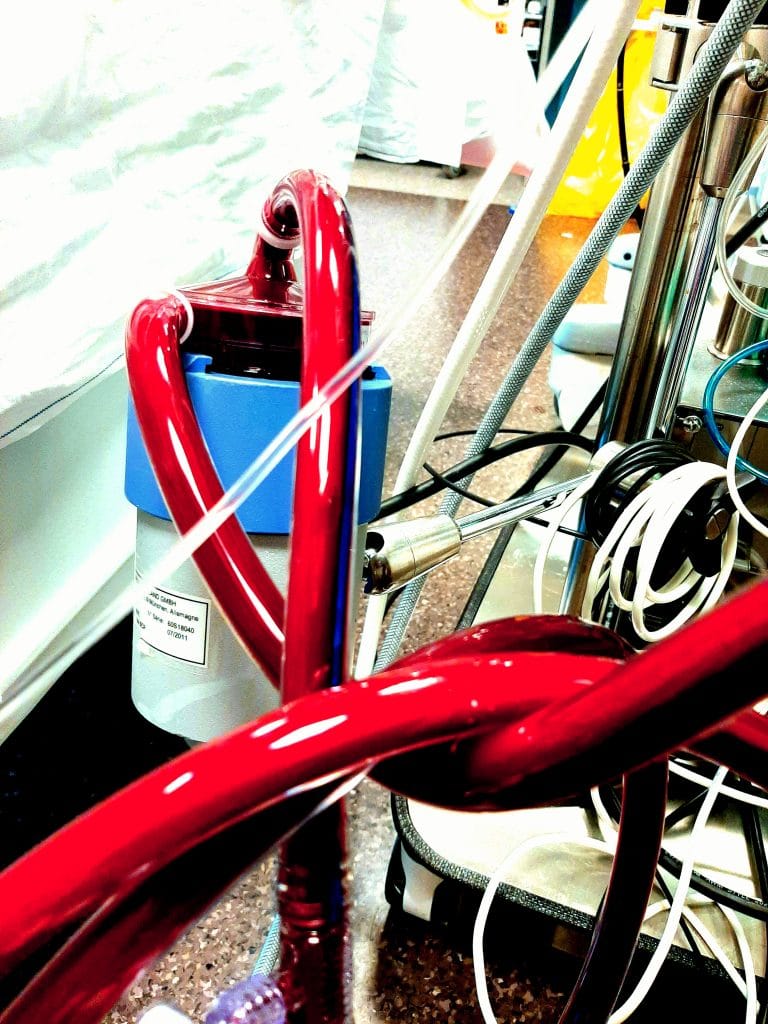Switching to Centrifugal Pumps May Decrease Hemolysis Rates Among Pediatric ECMO Patients

Recent advances in ECLS technology have led to the adoption of centrifugal pumps for the majority of patients worldwide. Despite several advantages of centrifugal pumps, they remain controversial because a number of studies have shown increased rates of hemolysis. The aim of this study was to assess the impact of transitioning from roller to centrifugal pumps on hemolysis rates at our center. A retrospective analysis of all pediatric ECMO patients at a single center between 2005 and 2017 was undertaken. Hemolysis was defined as a plasma free hemoglobin >50 mg/dL. Multivariable logistic regression was performed correcting for several factors to determine risk factors for hemolysis and analyze outcomes among patients with hemolysis. Significant findings were those with p < 0.05. A total of 590 patients were identified during the study period. Multivariable logistic regression for risk factors for hemolysis showed roller pumps (OR 1.92, CI 1.11–3.33) and ECMO duration (OR 1.002 per hour, CI 1.00–1.01) to be significant factors. Rates of hemolysis significantly improved following conversion from roller to centrifugal pumps, with significantly lower rates of hemolysis in 2012, 2015, 2016, and 2017 when compared to the historical average with roller pumps from 2005 to 2009 (34.7%). Additionally, hemolysis was associated with an increased risk of death (OR 3.59, CI 2.05–6.29) when correcting for other factors. These data suggest decreasing rates of hemolysis with centrifugal pumps compared to roller pumps. Since hemolysis was also associated with increased risk of death, these data support the switch from roller to centrifugal pumps at ECMO centers.
